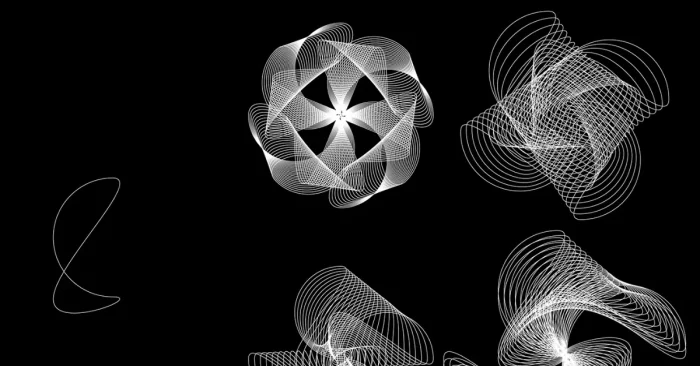What Is an AI Blend Tool?
An AI blend tool is a software application that leverages machine learning algorithms to combine two or more inputs into a single cohesive output. This could mean blending two photos into a realistic composite, merging music tracks, or even mixing writing styles into one document. The goal is to generate results that look natural, coherent, and professional with minimal human effort.
How AI Blend Tools Work
AI blend tools rely on deep learning models, particularly generative adversarial networks (GANs) and diffusion models, to identify key features in input data. For example, when blending two images, the AI analyzes shapes, colors, lighting, and textures to produce a seamless final output. This process reduces artifacts and ensures the result looks as if it was created from scratch rather than stitched together.
Key Features of AI Blend Tools
These tools offer features that simplify blending and improve creative outcomes. Some popular capabilities include:
- Style blending for art and design
- Photo merging for realistic composites
- Audio blending for music creation
- Text blending for hybrid writing styles
- Customizable blending ratios and filters
Benefits of Using AI Blend Tools
The advantages of AI blend tools go beyond convenience. They offer speed, consistency, and creative inspiration that manual methods can’t match. Artists can explore new styles quickly, businesses can create content variations, and hobbyists can produce professional-quality work without advanced technical skills. Additionally, AI ensures smoother results, free from typical errors of manual blending.
Types of AI Blend Tools
Depending on use cases, AI blend tools fall into several categories:
- Image blending tools: Merge photos or digital artwork.
- Video blending tools: Create transitions or combine scenes seamlessly.
- Audio blend tools: Mix music, voices, or sound effects.
- Text blending tools: Combine different writing tones or formats.
AI Blend Tools vs. Traditional Blending Methods
Traditional blending methods rely heavily on manual editing skills using tools like Photoshop or audio mixers. While effective, they can be time-consuming and inconsistent. AI blend tools, on the other hand, automate much of this process, delivering professional-quality results faster. They also open creative doors by suggesting unique combinations that humans may not have considered.
Applications and Use Cases of AI Blend Tools
AI Blend in Graphic Design
Designers use AI blend tools to combine logos, visual themes, or creative assets. This is especially valuable for branding, where companies need multiple variations of logos or social media visuals. The AI ensures consistent aesthetics across all blended designs.
AI Blend in Photography
Photographers can merge two or more photos to create artistic or realistic composites. For example, blending a daytime cityscape with a starry night sky results in a surreal masterpiece. AI tools simplify this process, reducing hours of manual editing to just minutes.
AI Blend in Music and Audio
Musicians and producers use AI blend tools to mix genres, styles, or tracks. An AI could blend classical piano with modern EDM beats to create a unique hybrid sound. This application empowers creators to experiment with fresh, innovative compositions.
AI Blend in Writing and Content Creation
Writers and marketers can use text blend tools to merge formal and casual writing styles. For example, blending a technical article with a conversational tone can make content both informative and engaging. This is particularly useful for SEO writing and brand storytelling.
Future of AI Blend Tools
The future of AI blending lies in hyper-personalization. As AI improves, users will be able to set finer controls over how elements are blended. Imagine blending a personal photo with a famous artwork style in real time, or mixing your voice with a celebrity’s for fun or branding purposes. These advancements will make AI blend tools indispensable across industries.
FAQs About AI Blend Tools
1. Are AI blend tools free to use?
Many AI blend tools offer free versions with basic features. However, advanced functionalities like high-resolution outputs, commercial licenses, or cloud rendering may require a paid subscription.
2. Can AI blend tools be used professionally?
Yes. Many designers, musicians, and content creators already rely on AI blend tools for professional projects. They save time while ensuring quality output suitable for clients or large audiences.
3. Do AI blend tools require technical skills?
Most AI blend tools are user-friendly, designed with intuitive interfaces. Users don’t need advanced technical knowledge, making them accessible to beginners as well as professionals.
4. Which industries benefit most from AI blending?
Creative industries such as digital art, music, photography, and marketing benefit the most. However, other fields like education and entertainment are also beginning to explore AI blending for innovative content creation.
In summary, AI blend tools are not just about merging elements—they are about unlocking creativity and enhancing productivity. By blending visuals, audio, and text seamlessly, these tools empower individuals and organizations to explore new possibilities in design, storytelling, and entertainment.
















